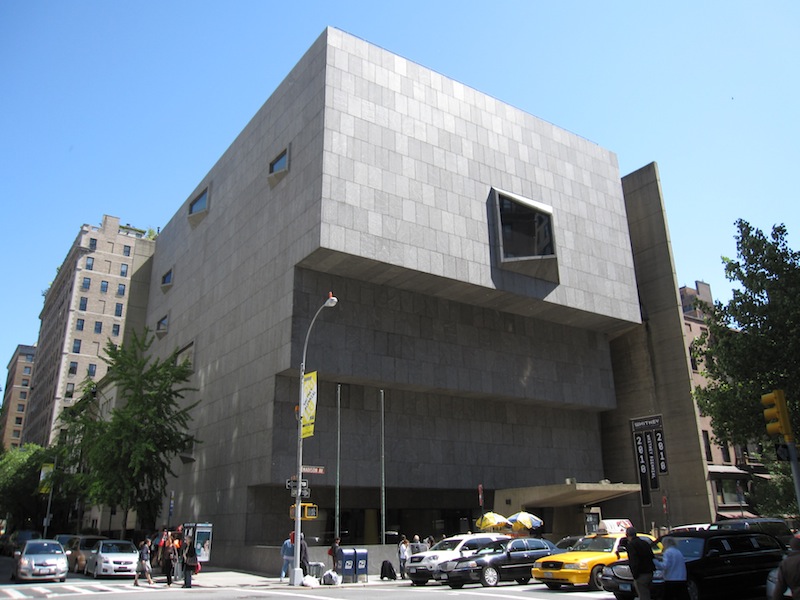Below is an extract from Apollo’s Forum in the current July/August issue, in which Louise Nicholson and James Cahill debate whether encyclopaedic museums are focusing too heavily on contemporary art.
Many encylopaedic museums are increasingly focusing on contemporary art, both in terms of their acquisitions policies or their exhibition programming. Does this represent a fashionable folly, or are these institutions simply fulfilling their mandates?
YES: Louise Nicholson, art historian and journalist
It might seem that encyclopaedic museums must strive to enrich their collections with the best art of all periods – and that means right up to the present. But there are good reasons for institutions to be cautious about acquiring big-ticket contemporary art, or even to stand back and let others do it.
Contemporary art at any period has been subject to fashion, so buying it has always been risky […] Prices are so high, and ownership of such social status, that the very wealthy often treat contemporary art as just one element of their investment portfolio. […]
More often, such museums must compromise. Directors and curators must diligently nurture their supporters to win loans and gifts. They thereby depend upon the serendipity of a collector’s taste as well as the collector’s whim of which pieces to give to which museum, for few are being wooed by just one institution. Above all they must be judicious in ensuring each loan or gift has a fundamental role to play in the museum’s overall collection. Temptation is high to have a Richter or Hirst as a crowd-puller, whether or not it contributes to the collection as a whole.
NO: James Cahill, writer and academic
The great institutions of the world are often criticised for jumping on the bandwagon of contemporary cool, with what is perceived as a too-heavy weighting of their displays (whether temporary or permanent) towards living – or recently dead – artists. While it is undeniable that there are more contemporary art spaces than ever and that the market is disproportionately fixated with newness, museums nonetheless have a duty to give prominent – even preeminent – emphasis to contemporary displays, and to enrich their collections with acquisitions of recent work.
Precisely because of their breadth, traditional museums offer a singular and vital context for displaying the art of the present day – and a means of eliding the very opposition between ‘old’ and ‘new’. Next year, the Metropolitan Museum of Art will expand into the Whitney’s Breuer building, where it plans to present contemporary work in historically ranging contexts. As the Met’s director Tom Campbell has pointed out, the expansion offers ‘the opportunity to work across department boundaries to do what other museums cannot’.
This is an extract from the July/August issue of Apollo. Click here to subscribe.
Join the debate and tell us what you think. Leave a comment below…
Unlimited access from just $16 every 3 months
Subscribe to get unlimited and exclusive access to the top art stories, interviews and exhibition reviews.














![Masterpiece [Re]discovery 2022. Photo: Ben Fisher Photography, courtesy of Masterpiece London](http://www.apollo-magazine.com/wp-content/uploads/2022/07/MPL2022_4263.jpg)
Has the Fitzwilliam got its rehang right?